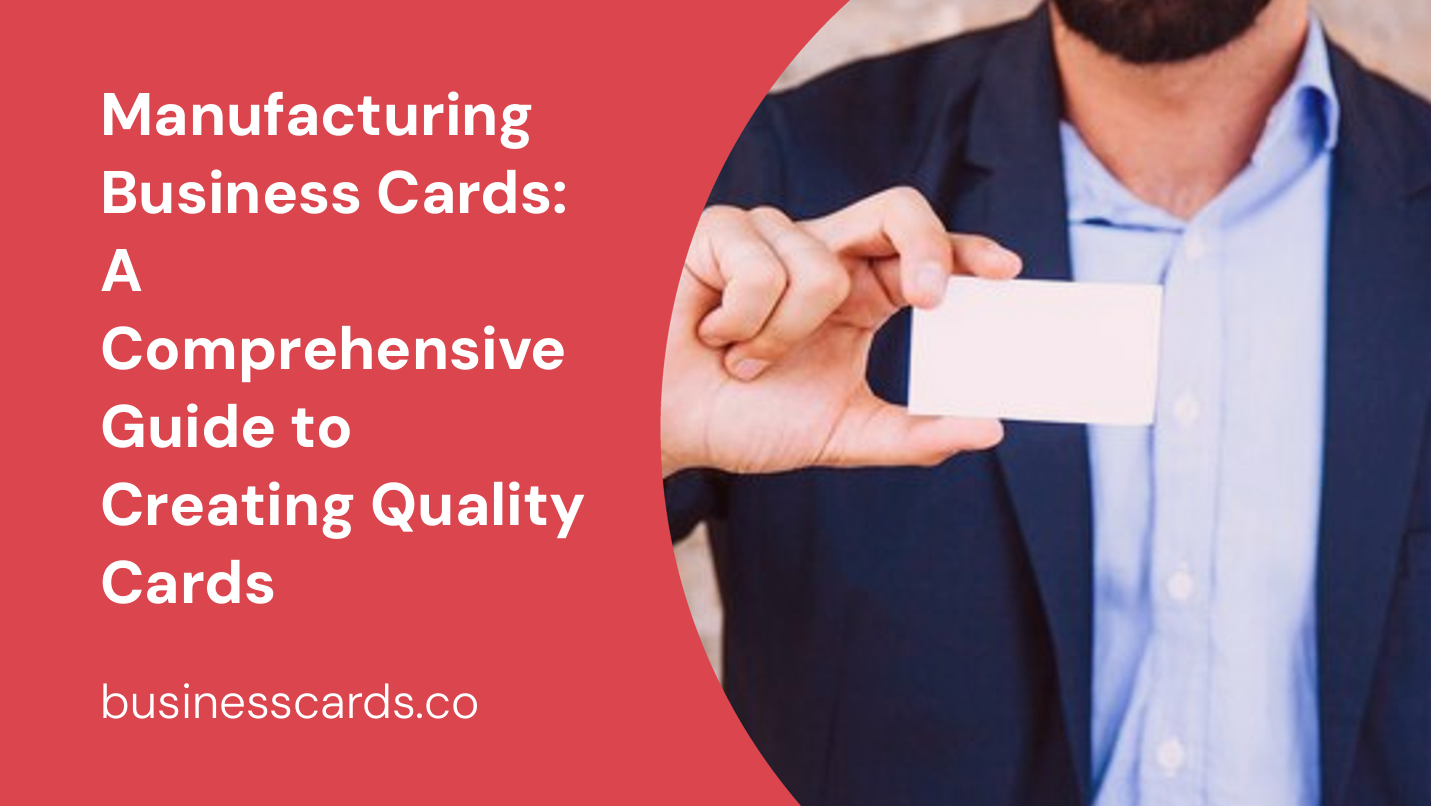
Business cards are an essential tool for connecting with potential clients, collaborators, and partners. In a world increasingly driven by digital communication, the tangible nature of a business card can make a lasting impression. If you are considering manufacturing your own business cards, this comprehensive guide will walk you through the process step by step, from choosing the right materials to designing a visually appealing card that captures your brand identity. Let’s get started!
Why Manufacturing Your Own Business Cards?
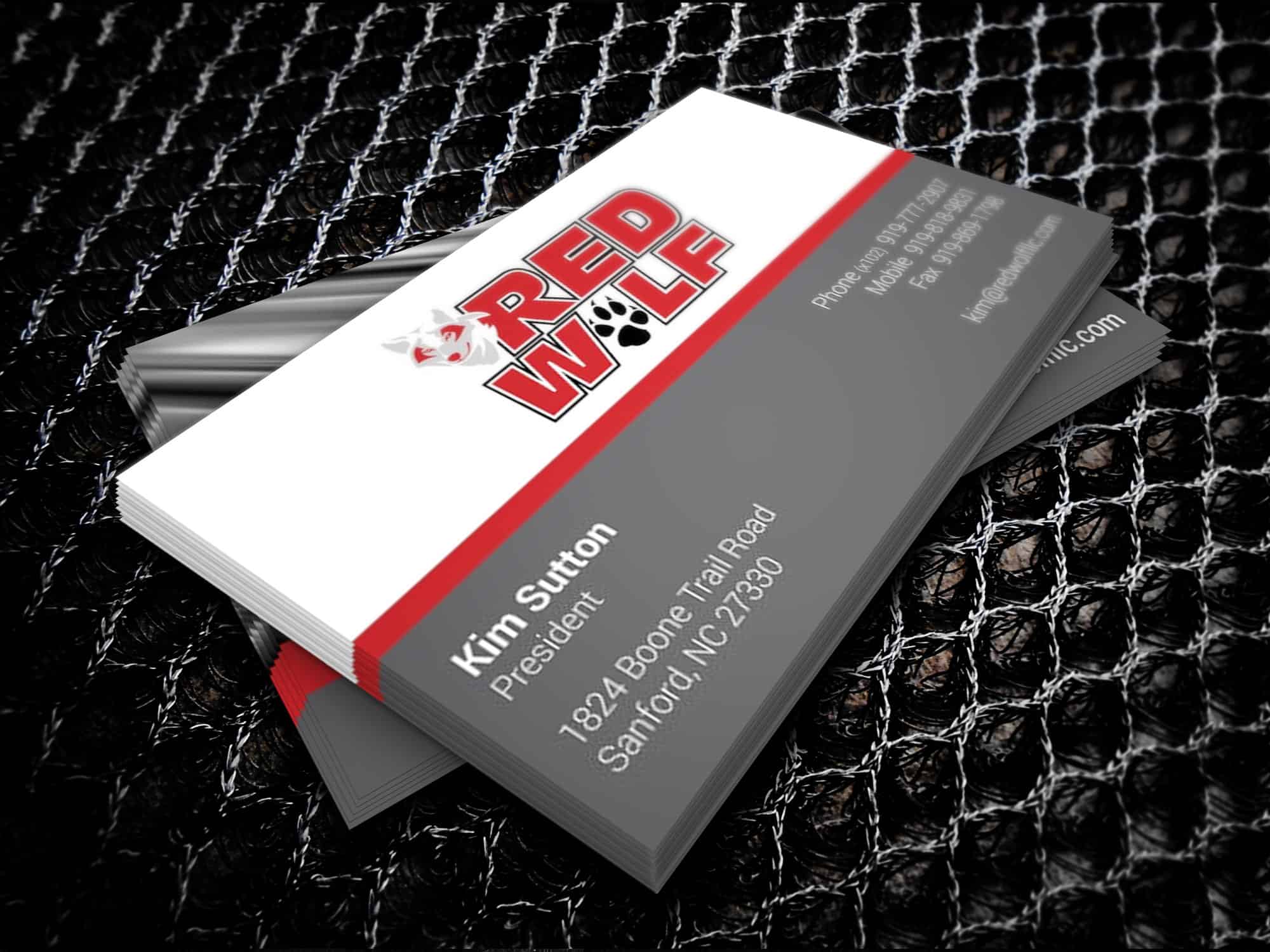
Manufacturing your own business cards offers several advantages over ordering them from a printing service. Firstly, it allows you to have complete control over the design, ensuring that it perfectly reflects your brand and message. Additionally, by manufacturing your own business cards, you can experiment with different materials, finishes, and techniques, creating a more unique and memorable end product.
Choosing the Right Materials

When it comes to manufacturing business cards, selecting the right materials is crucial. The material you choose will impact the durability, aesthetics, and overall quality of the card. Here are a few options to consider:
- Cardstock: Cardstock is the most commonly used material for business cards. It is sturdy, readily available, and easy to print on.
- Recycled Paper: If sustainability is important to your brand, consider using recycled paper for your business cards. Recycled paper not only reduces waste but also adds an eco-friendly touch to your cards.
- Plastic: For a more durable and long-lasting option, you may want to explore plastic business cards. Plastic cards are ideal for industries like healthcare or hospitality, where durability is essential.
- Metal: Metallic business cards exude luxury and sophistication. While they are more expensive and require specialized printing techniques, metal cards can create a lasting impression.
Make sure to choose a material that aligns with your brand image and budget.
Designing a Visually Appealing Card
Effective business card design is crucial for making an impact. A well-designed card communicates your brand identity and leaves a lasting impression on recipients. Here are a few design tips to consider:
- Keep it Simple: Avoid cluttering your business card with unnecessary information. Stick to the essentials: your name, job title, contact information, and company logo. Simple and clean designs are more visually appealing and easier to read.
- Color Palette: Choose colors that align with your brand’s visual identity. Vibrant colors can help your card stand out, but make sure they complement each other and are easy on the eyes.
- Typography: Select a font that is legible and consistent with your brand’s personality. Combining two fontsâ_x0080__x0094_one for headings and another for body textâ_x0080__x0094_can add visual interest while maintaining readability.
- Whitespace: Don’t be afraid to embrace whitespace. It enhances the visual appeal of your card and makes it easier for recipients to focus on the essential information.
Remember, your business card should represent your brand accurately, so take the time to create a design that reflects your unique value proposition.
Printing Techniques
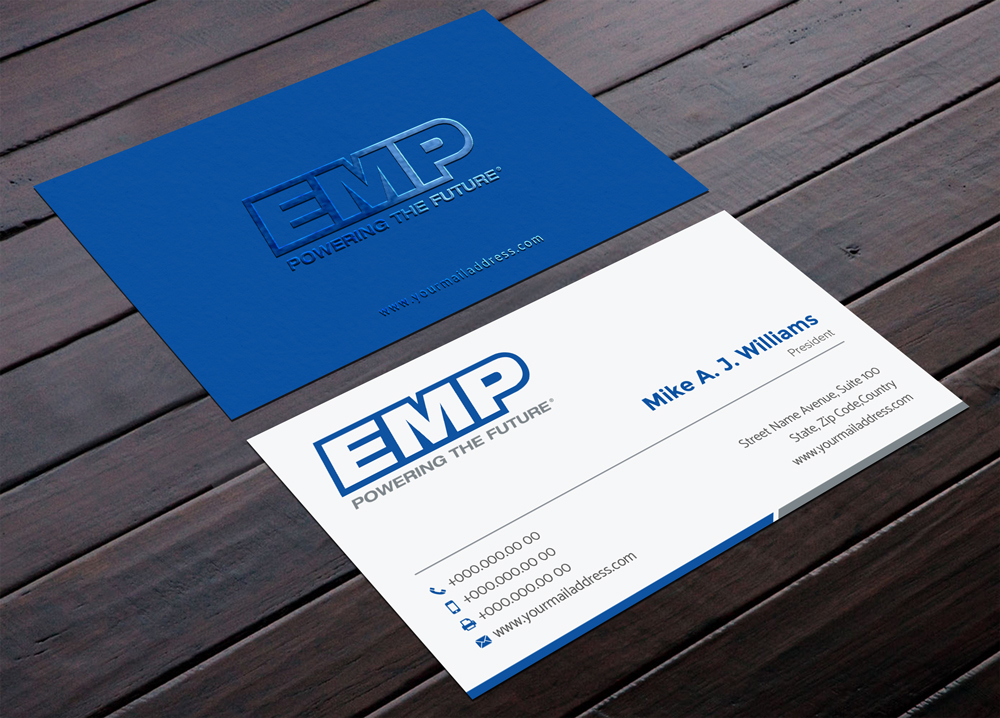
Printing techniques can elevate the look and feel of your business cards. Here are a few options to consider:
- Offset Printing: Offset printing produces high-quality prints with precise color reproduction. It is ideal for complex designs and vibrant colors.
- Digital Printing: Digital printing offers cost-effective printing for smaller quantities. While it may not have the same level of color accuracy as offset printing, it is suitable for simple and straightforward designs.
- Letterpress Printing: Letterpress printing creates a distinctive look by pressing inked plates into the cardstock. It produces an embossed effect that adds texture and depth to your business cards.
- Foil Stamping: Foil stamping adds a metallic or glossy finish to your card. It can be used to highlight specific elements, such as your logo or company name, making them more visually striking.
Consider the printing technique that best complements your design and budget, keeping in mind that certain techniques may require specialized equipment or expertise.
Cutting and Finishing
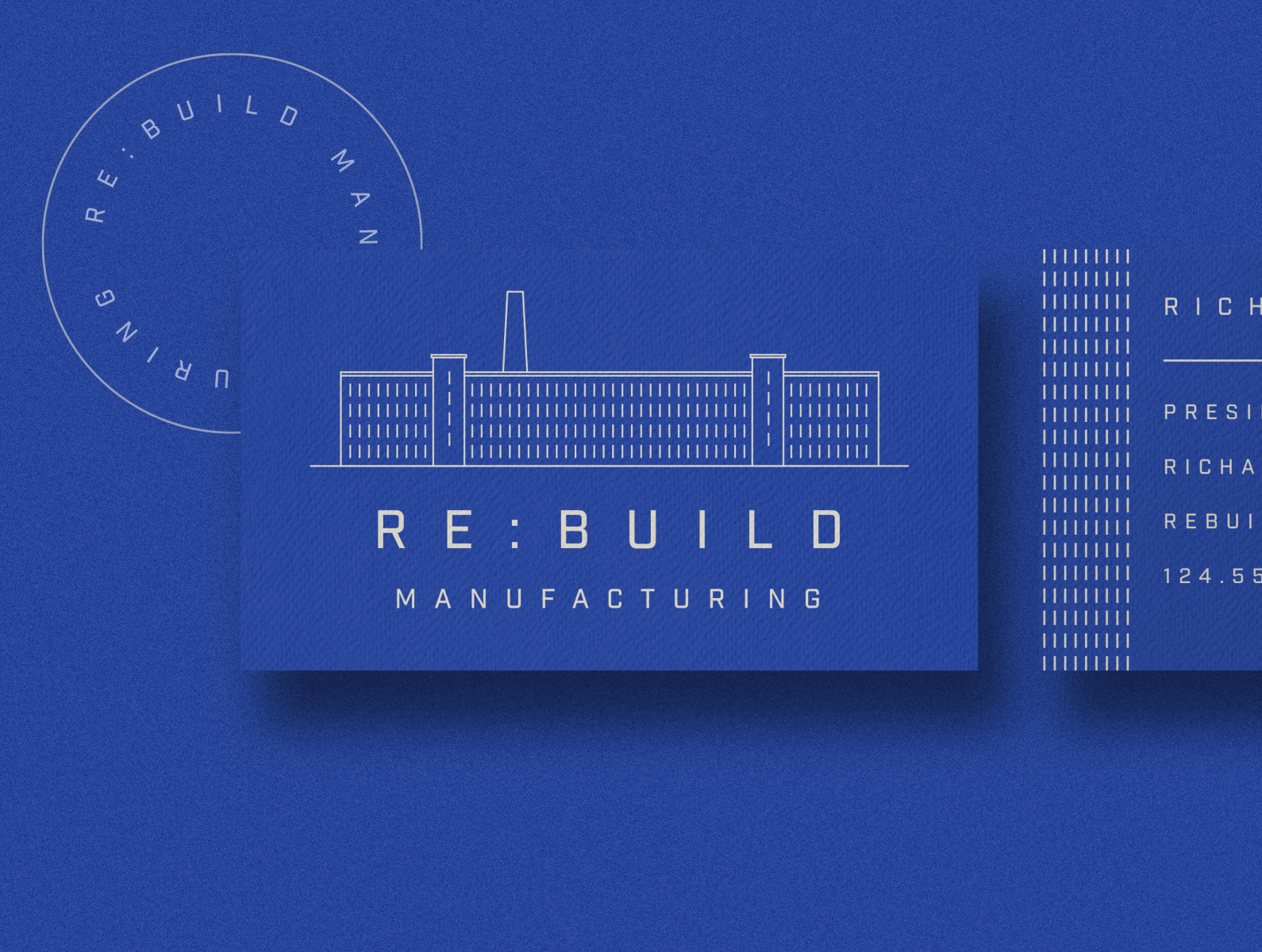
After printing, it’s time to cut and finish your business cards. Generally, business cards are sized at 3.5 x 2 inches, but you can opt for custom sizes as well. There are various cutting techniques you can consider:
- Die-Cutting: Die-cutting allows you to create unique and eye-catching shapes for your business cards. Whether it’s rounded corners or unconventional shapes, die-cutting adds an element of creativity and originality.
- Straight-Cut: A straight-cut is the most common cutting technique. It provides a crisp and clean finish, perfect for a traditional look.
In addition to cutting, you may also choose to add finishing touches to your business cards. Options include:
- Embossing: Embossing adds texture and depth by raising certain elements of your design. It can be used selectively to make your cards stand out.
- Spot UV: Spot UV refers to the process of adding a glossy or matte coating to specific areas of your card. It creates a contrast between the coated and uncoated sections, giving your design a tactile and visually striking effect.
- Lamination: Lamination involves applying a thin layer of plastic onto your cards, providing extra protection and durability.
By carefully selecting the cutting technique and applying appropriate finishing touches, you can create a visually appealing and one-of-a-kind business card.
Assembling the Manufacturing Process
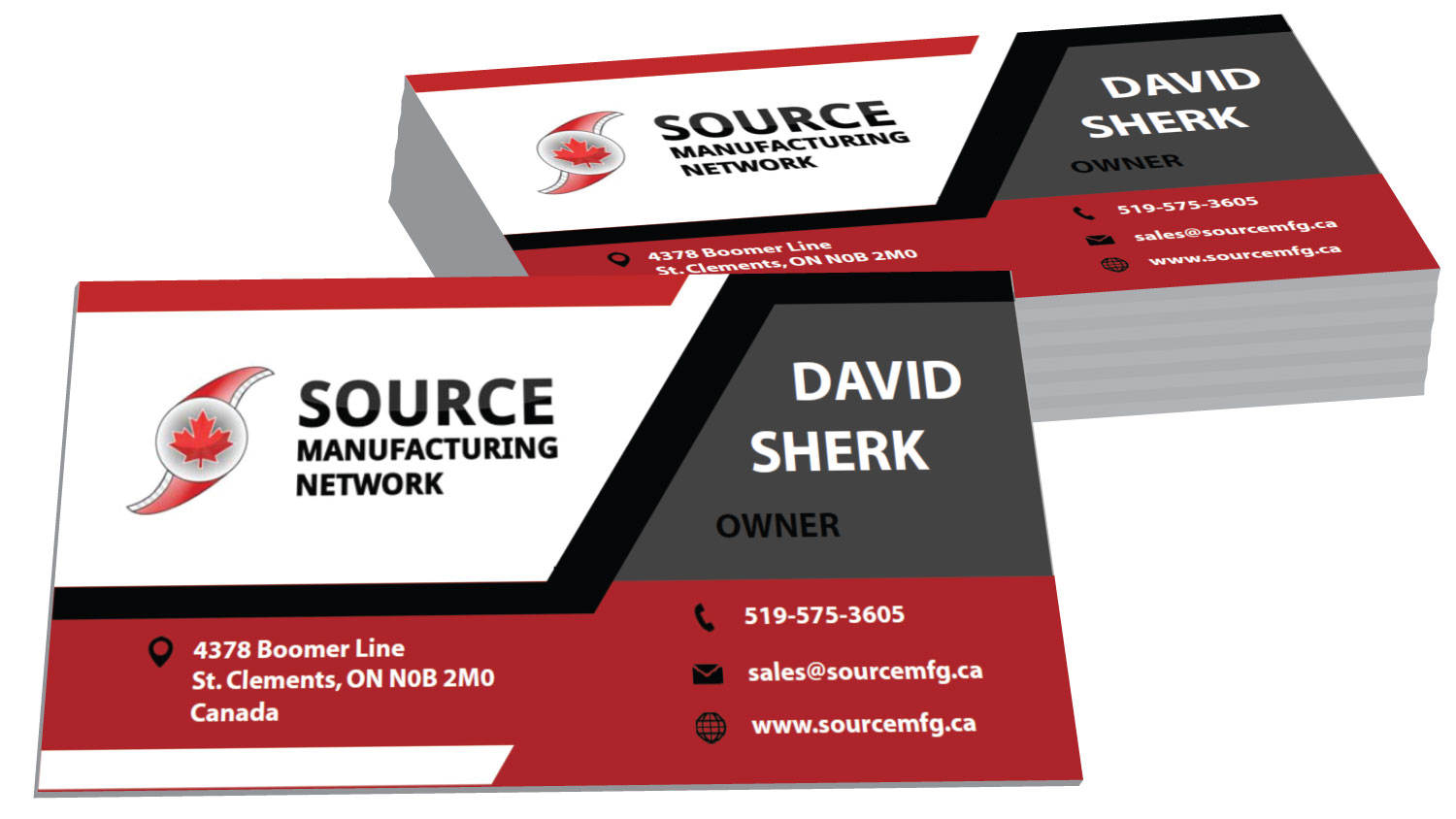
Once you have completed the design, printing, cutting, and finishing processes, it’s time to assemble your business cards. Here’s a step-by-step guide:
- Gather Your Materials: Collect all the necessary components, such as printed cards, cutting tools, and any additional elements like embossed or spot UV finishes.
- Trim the Cards: Use a paper cutter or cutting machine to trim the cards according to your desired size and shape. Ensure that all cards are uniform in size for a professional appearance.
- Apply Finishing Touches: If you have opted for embossing, spot UV, or other finishes, carefully apply them to each card using the appropriate technique.
- Quality Check: Inspect each card to ensure there are no printing errors, smudges, or imperfections that may compromise the overall quality.
- Organize and Package: Once you have completed the assembly process, organize the cards in a professional and presentable manner, ready to be distributed. Consider using a business card holder or a custom packaging solution to protect and showcase your cards.
Conclusion
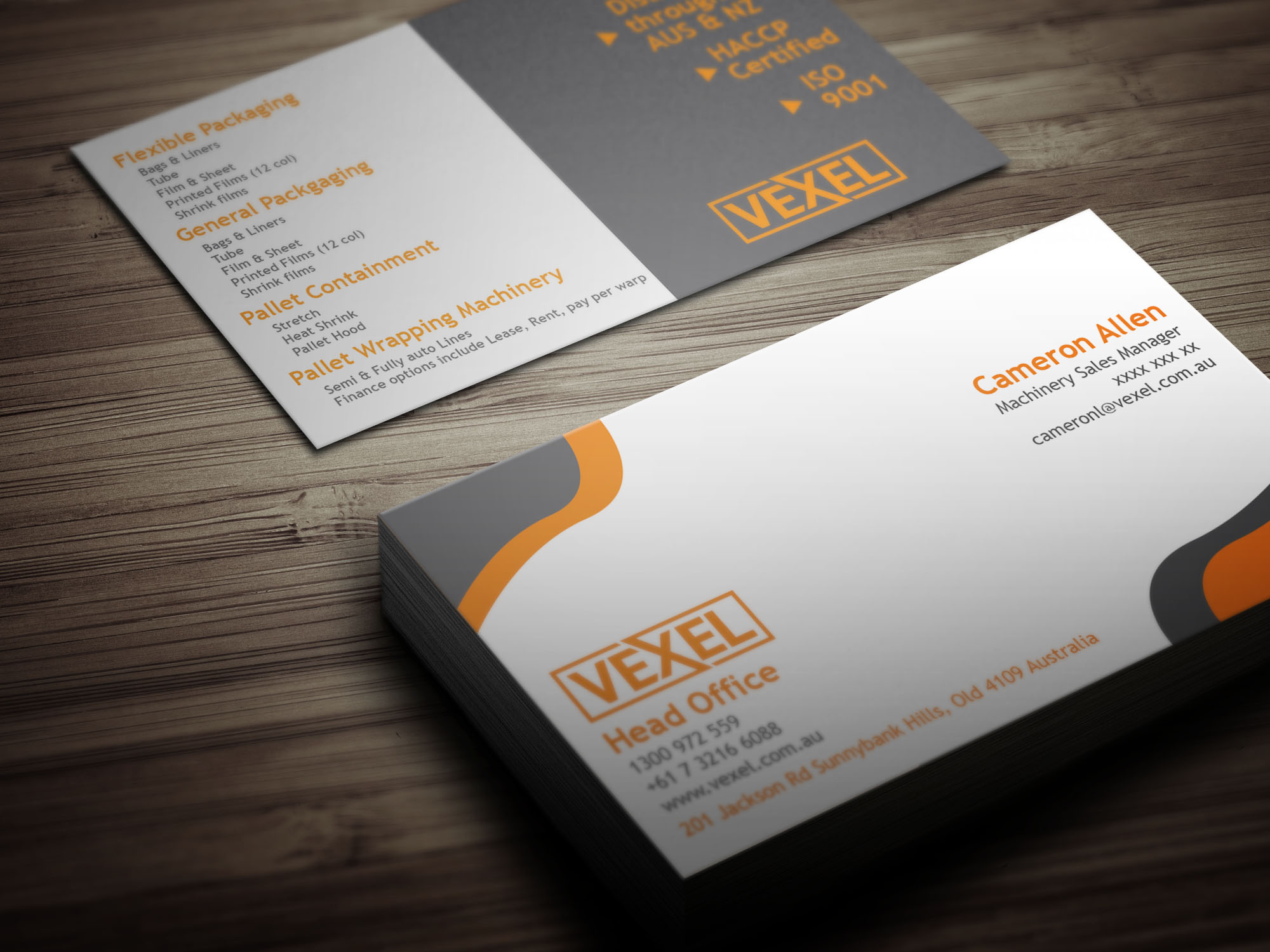
Manufacturing your own business cards provides an opportunity to unleash your creativity and differentiate your brand. By choosing the right materials, designing an appealing card, employing appropriate printing techniques, and applying finishing touches, you can create personalized business cards that leave a lasting impression on recipients.
Remember, business cards are not just pieces of paper exchanged during networking events; they serve as powerful marketing tools that represent your brand in the business world. So, put your best foot forward and start manufacturing your business cards today, ensuring every card is a reflection of your brand’s identity and professionalism.
Ava Taylor’s passion for branding and marketing shines through in her dynamic writing. She brings a unique perspective with her background in event planning, infusing creativity into her content. When she’s not writing, Ava enjoys organizing community events and gatherings.